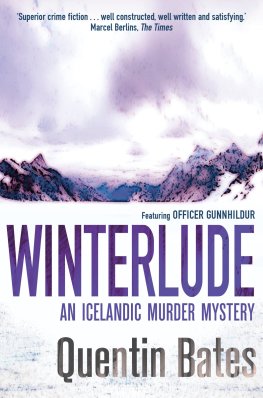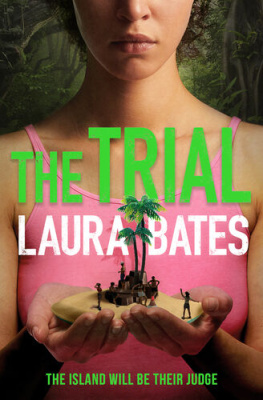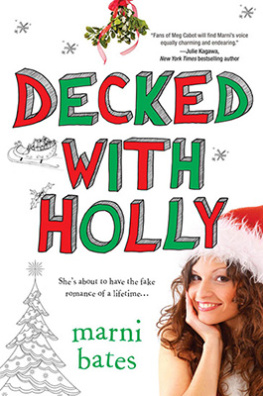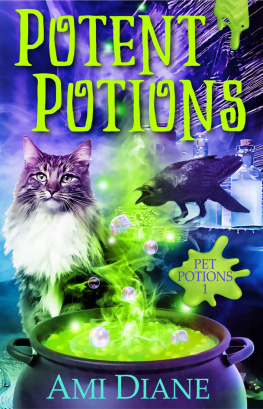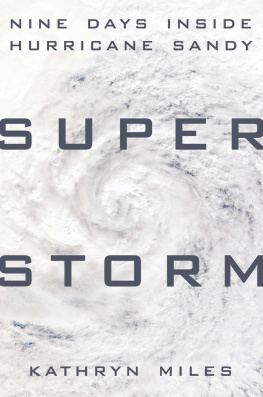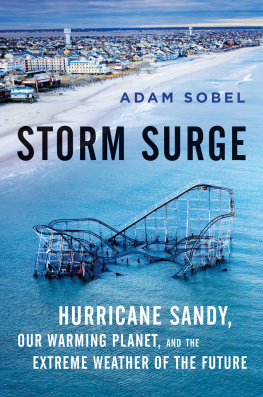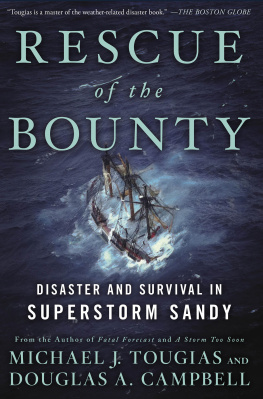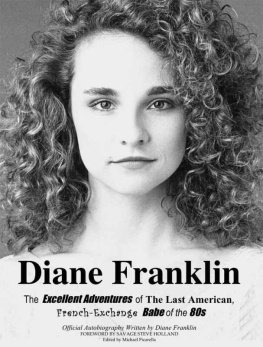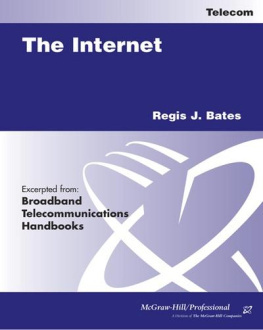Nature, Society, and Culture
Scott Frickel, Series Editor
A sophisticated and wide-ranging sociological literature analyzing nature-society-culture interactions has blossomed in recent decades. This book series provides a platform for showcasing the best of that scholarship: carefully crafted empirical studies of socio-environmental change and the effects such change has on ecosystems, social institutions, historical processes, and cultural practices.
The series aims for topical and theoretical breadth. Anchored in sociological analyses of the environment, Nature, Society, and Culture is home to studies employing a range of disciplinary and interdisciplinary perspectives and investigating the pressing socio-environmental questions of our timefrom environmental inequality and risk, to the science and politics of climate change and serial disaster, to the environmental causes and consequences of urbanization and war-making, and beyond.
Library of Congress Cataloging-in-Publication Data
Bates, Diane C.
Superstorm Sandy : the inevitable destruction and reconstruction of the Jersey Shore / Diane C. Bates.
pages cm. (Nature, society, and culture)
Includes bibliographical references and index.
ISBN 9780813573403 (hardcover : alk. paper) ISBN 9780813573397 (pbk. : alk. paper) ISBN 9780813573410 (e-book) ISBN 9780813573427 (e-book web pdf)
1. Hurricane Sandy, 2012. 2. Coastal zone managementNew Jersey. 3. Hazardous geographic environmentsNew Jersey. 4. Shore protectionNew Jersey. 5. Human ecologyNew Jersey. 6. Social ecologyNew Jersey. 7. Environmental sociologyNew Jersey. I. Title.
HT393.N5B37 2016
304.2'509749dc23 2015012450
A British Cataloging-in-Publication record for this book is available from the British Library.
Copyright 2016 by Diane C. Bates
All rights reserved
No part of this book may be reproduced or utilized in any form or by any means, electronic or mechanical, or by any information storage and retrieval system, without written permission from the publisher. Please contact Rutgers University Press, 106 Somerset Street, New Brunswick, NJ 08901. The only exception to this prohibition is fair use as defined by U.S. copyright law.
Visit our website: http://rutgerspress.rutgers.edu
In a social milieu of constant media access, disasters like Sandy have provided an endless stream of images and narratives that can inform but may also be used for less noble purposes. Movies and television shows have long dramatized human tragedies for entertainment; now real-world disasters offer the same sort of vicarious thrill, albeit with real humans, real losses, and real suffering attached. I have deliberately tried to avoid such disaster porn in favor of largely structural explanations. At times, however, structural explanations have been complemented with the stories of individuals, such as the oral histories in the prologue, collected through the Hurricane Sandy Oral History Project, led by my colleague Dr. Matthew Bender. The personal stories included here were chosen because they personalize rather than sensationalize the Shore. At the same time, with the exception of public officials, I made the decision to obfuscate the identities of the individuals to avoid the potential for drawing unwanted attention to them.
In addition to Dr. Bender and his students, and all of the Shore residents who participated in the Hurricane Sandy Oral History Project, I would like to acknowledge the support for this project from many of my colleagues and students at the College of New Jersey. Among them are: Rachel Adler, Elizabeth Borland, Winnifred Braun-Glaude, Tim Clydesdale, Pat Donohue, Karen Dubrule, Chris Fisher, Lynn Gazley, Mohamoud Ismail, Jean Kirnan, Margaret Leigey, Rebecca Li, Michael Nordquist, Brian Potter, Ben Rifkin, Miriam Shakow, Jon Stauff, and Bruce Stout (who also served as the pilot for the aerial photographs I took that are included in this book). Lynn Gazley, Michael Nordquist, and Martin Bierbaum all read early chapter drafts and provided useful suggestions, and Margaret H. Bates helped edit the first complete draft. Discussion with the students in my environmental sociology class in spring 2013 heavily influenced how this project developed; among these, Pete Peliotis, Joanna Peluso, and Jigna Rao made important contributions to the way I approached this material. My former professors at Rutgers University exposed me to most of the theory on which this book is based, and for this I thank Patricia Roos, Lee Clarke, Karen ONeill, Ira Cohen, Eviatar Zerubavel, and the worlds best academic mentor, Thomas K. Rudel.
This particular book grew out of an item I wrote in the American Sociological Associations Environment and Technology newsletter, which was strongly encouraged by then-editor Michael Agliardo. Peter Mickulas, my editor at Rutgers University Press, read that short piece and believed in a book-length project long before I did. He deserves my warmest thanks and gratitude. Two anonymous reviewers provided very valuable feedback. Willa Speiser had the Herculean task of copy editing and improving the clarity of the manuscript; she made vast improvements in the manuscript, but cannot be faulted for problems that remainthese are mine alone.
I also extend gratitude to the Hive Mind, who helped brainstorm titles for this book: Maggie Benoit, Joanna De Leon, Kelly Dowd, Dave Harker, Lauren Heberle, Marla Jaksch, John Lang, Hannah McKenley, Jo McMullen-Boyer, Emily Meixner, Lynne Moulton, Kevin Muoio, Brian Musikoff, Juan Felipe Rincn, Paulina Ruf, Rebeca Sharpe, Christopher Sieving, Jon Stauff, Felicia Steele, Debi Stephens, Kirsten Streiff, Susan Strickland, Sara Tomczuk, Amy Tridgell, and Mort Winston.
My extended family have provided the support needed to undertake a project of this magnitude, and have shared with me much of the context and decades of experiences that I needed to be able to make sense of my adopted state; special thanks to Marge Bates, R. C. Bates, William Bates, Carol Bates, Juan Felipe Rincn, Debbie Bogstahl, Alexandra Press Maguire, Michelle Press, Joyce Malanga, Ralph Malanga II, Cheryl Malanga, Jenny Howell, and Allison Zicchinelli. Finally, I am particularly grateful to my husband, Ralph, and my kids, Laura and Nicholas, who have served as cheerful companions and research assistants, sacrificing weekend after weekend, as well as much of their summer vacations since Sandy, for fieldwork on the boardwalks, beaches, and neighborhoods of the Jersey Shore.




